Dentistry has come a long way since the days of ancient civilizations. The practice began over 9,000 years ago with rudimentary tooth extractions and has evolved into a sophisticated field that combines science, technology, and artistry to improve both oral health and overall well-being. From the ancient Egyptians who used gold wire to stabilize loose teeth, to the Greeks and Romans who made significant strides in dental care, to the medieval barbers who performed extractions, dentistry has continually advanced. The Renaissance period marked the beginning of modern dentistry with texts that detailed comprehensive dental care. The 19th century introduced anesthesia, transforming dental procedures by making them less painful. The 20th century brought fluoride into public water supplies, drastically reducing tooth decay, and saw the rise of dental specialties like orthodontics and periodontics.
Today, we stand at the pinnacle of dental innovation, with digital technology, advanced materials, and cutting-edge techniques revolutionizing the field. This article provides a comprehensive guide to the wide array of dental services, treatments, and technologies available today, ensuring you have all the information you need for optimal oral health.
Preventive Dentistry: Protecting Your Smile

Preventive dentistry focuses on maintaining oral health and preventing future dental issues. It involves regular check-ups and routine maintenance to keep your teeth and gums healthy and to detect potential problems early before they become serious. Key services in preventive dentistry include dental cleanings and exams, which remove plaque and tartar that brushing and flossing alone can’t reach. Regular exams help in early detection of cavities, gum disease, and other oral health issues, ensuring timely intervention and treatment. Fluoride treatments strengthen tooth enamel and help prevent cavities, especially in children. Dental sealants are another preventive measure, providing a protective barrier against bacteria and food particles in the deep grooves of molars and premolars. Regular oral cancer screenings are also crucial to detect any abnormal tissue or lesions early, as early detection can be key to successful treatment. Advanced imaging technologies like digital X-rays and 3D imaging provide detailed views of the teeth, bones, and soft tissues, helping to diagnose hidden issues such as impacted teeth, bone loss, and infections.
Restorative Dentistry: Repairing and Replacing Teeth
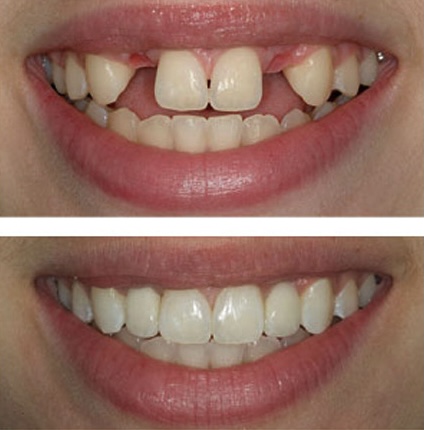
Restorative dentistry focuses on repairing damaged teeth or replacing missing ones, ensuring a healthy and confident smile. Fillings are commonly used to treat cavities and repair small areas of decay, with materials such as composite resin, amalgam, gold, or ceramic based on patient needs. Crowns, also known as caps, cover damaged or decayed teeth to restore their shape, size, strength, and appearance. Dental bridges replace one or more missing teeth by anchoring to adjacent teeth, helping to maintain the ability to chew and speak properly. Dental implants, which are titanium posts surgically placed into the jawbone, provide a stable foundation for fixed or removable replacement teeth that look and feel like natural teeth. For those with multiple missing teeth, dentures offer a removable solution, with full dentures replacing all teeth in the upper or lower jaw, and partial dentures filling in gaps. Root canal therapy treats infections in the tooth’s pulp, removing the infected pulp, cleaning the root canal, and sealing it to prevent further infection. Discover more about these restorative options in our comprehensive guide to dental implants.
Cosmetic Dentistry: Enhancing Your Smile
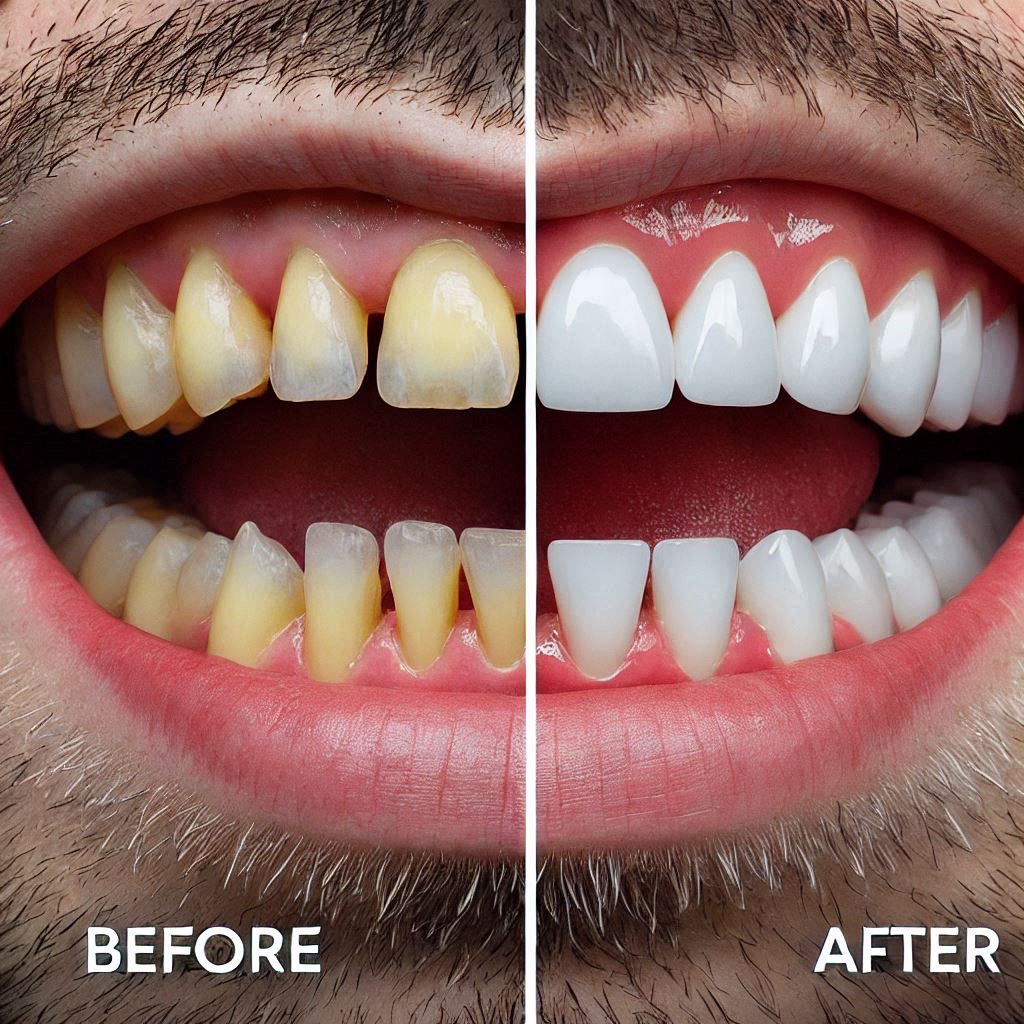
Cosmetic dentistry improves the appearance of your teeth, gums, and overall smile, boosting confidence and providing a radiant look. Teeth whitening is a popular cosmetic treatment that removes stains and brightens discolored teeth. Options include in-office treatments, at-home kits, and over-the-counter products. Veneers are thin shells of porcelain or composite resin bonded to the front surface of teeth to fix discoloration, chips, cracks, and gaps, offering a natural appearance. Dental bonding involves applying a tooth-colored resin to correct minor imperfections like chips, cracks, and gaps. Gum contouring reshapes the gum line to create a balanced and symmetrical smile, ideal for those with a “gummy” smile or uneven gum lines. For those seeking a complete transformation, a smile makeover combines multiple cosmetic procedures tailored to individual needs and goals. Learn more in our ultimate guide to teeth whitening.
Orthodontics: Straightening Teeth and Improving Alignment

Orthodontics deals with correcting misaligned teeth and jaws, enhancing both aesthetics and functionality. Traditional braces, which use metal brackets and wires, are highly effective for severe alignment issues and bite problems. Ceramic braces offer a less noticeable option, using tooth-colored or clear brackets. Clear aligners, such as Invisalign, are removable, transparent trays that gradually shift teeth into the desired position, providing a discreet solution for mild to moderate misalignment. After orthodontic treatment, retainers are essential to maintain alignment and prevent teeth from shifting back.
Pediatric Dentistry: Specialized Care for Children

Pediatric dentistry addresses the unique needs of young patients, focusing on creating positive dental experiences and building lifelong oral health habits. Fluoride treatments and dental sealants play a crucial role in protecting children’s teeth from decay. Sealants, in particular, are beneficial for molars where children are more prone to cavities. Pediatric crowns are used to restore severely decayed or damaged baby teeth, maintaining their function and appearance until permanent teeth erupt. Pediatric dentists also use behavioral guidance techniques to help children feel comfortable and relaxed during visits, employing positive reinforcement, distraction techniques, and child-friendly explanations.
Periodontics: Gum Health and Disease Treatment
Periodontics focuses on preventing and treating gum diseases like gingivitis and periodontitis, which are essential for overall oral health and the stability of teeth. Scaling and root planing, a deep cleaning procedure, removes plaque and tartar from below the gumline, helping to treat early-stage gum disease and prevent progression. Laser therapy offers a minimally invasive treatment for gum disease, reducing inflammation and promoting healing, and can also be used for gum contouring and other soft tissue procedures.
Gum grafting restores receding gums, using tissue from another part of the mouth to graft to the affected area. Dental implants can be part of periodontal treatment to replace teeth lost due to advanced gum disease, providing a stable foundation for replacement teeth and helping to prevent bone loss.
Oral Surgery: Advanced Procedures
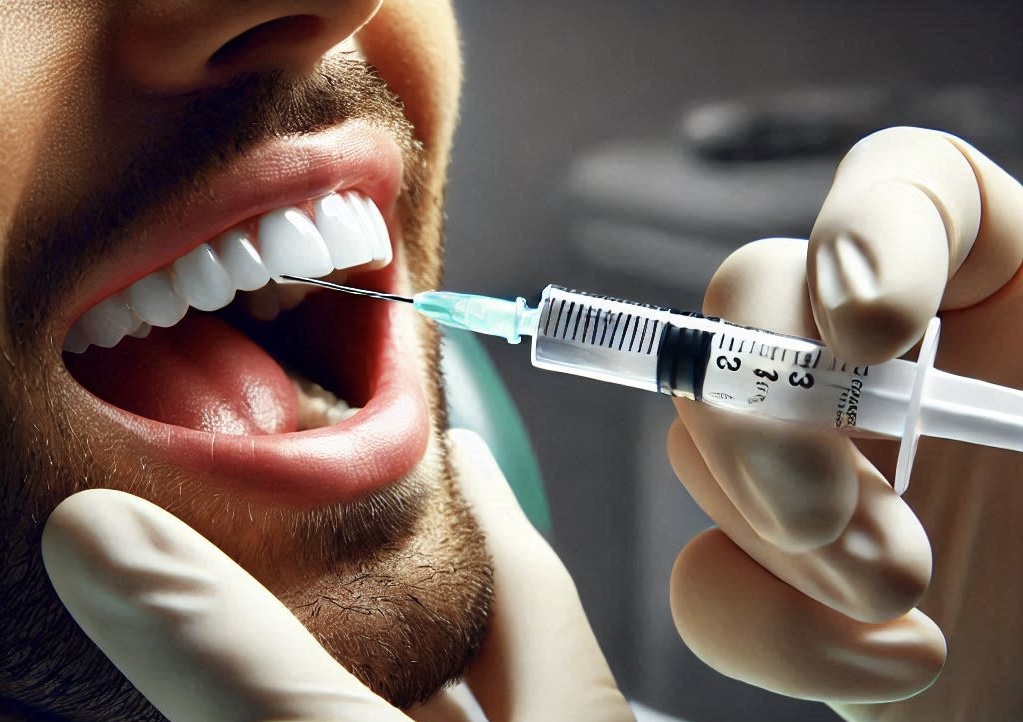
Oral surgeons perform complex procedures beyond general dentistry, addressing various dental and facial conditions. Tooth extractions, including the removal of wisdom teeth, prevent complications from severely damaged, decayed, or impacted teeth. Jaw surgery (orthognathic surgery) corrects irregularities in jaw alignment, improving function and appearance for issues like overbites, underbites, and facial asymmetry.
Bone grafting prepares the jawbone for dental implants by adding bone material to areas with insufficient bone density, ensuring a stable foundation for implants. Cleft lip and palate surgery restores function and appearance in children born with these conditions, aiding in feeding, speech, and overall facial development.
Prosthodontics: Replacing and Restoring Teeth
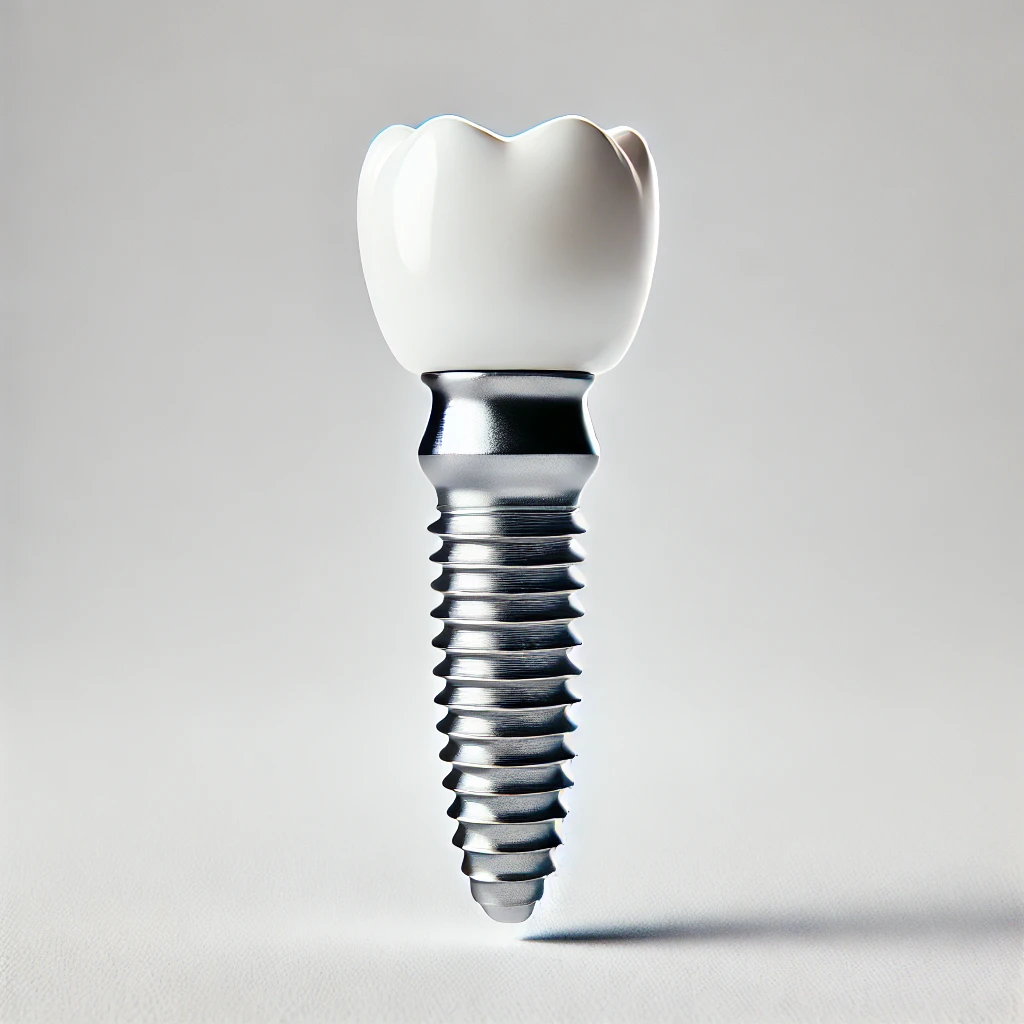
Prosthodontics focuses on replacing and restoring teeth to improve oral function and aesthetics. Dentures, whether full or partial, offer a removable solution for those with multiple missing teeth. Full dentures replace all teeth in the upper or lower jaw, while partial dentures fill in gaps. Fixed bridges provide a permanent solution by anchoring artificial teeth to adjacent natural teeth or implants. Implant-supported prosthetics combine prosthetics and implants, offering stable and natural-looking replacements for missing teeth.
Endodontics: Root Canal Treatments
Endodontics specializes in treating issues within the tooth’s pulp and root canals to save natural teeth and relieve pain. Root canal therapy involves removing infected pulp, cleaning the root canal, and sealing it to prevent further infection, preserving the natural tooth. Apicoectomy is a surgical procedure that removes the tip of the tooth’s root to treat persistent infections that haven’t responded to root canal therapy. Learn more about effective strategies to relieve tooth pain in our detailed guide.
Sedation Dentistry: Comfortable Care

Sedation dentistry is used for anxious patients or those requiring complex procedures, ensuring a relaxed and comfortable experience. Methods include nitrous oxide (laughing gas), oral sedatives, and IV sedation, providing various levels of relaxation based on patient needs.
TMJ Disorder Treatment: Relieving Jaw Pain
TMJ disorders affect the temporomandibular joint, causing pain and discomfort in the jaw, face, and neck. Treatments include physical therapy, medications, and oral splints to reduce jaw strain and realign the bite, improving function and relieving symptoms.
Dental Emergencies: Immediate Care
Dental emergencies require prompt attention to alleviate pain and prevent further complications. Common emergencies include toothaches, broken or chipped teeth, knocked-out teeth, and abscesses, with immediate care essential for the best outcomes.
Advances in Technology: Shaping the Future of Dentistry
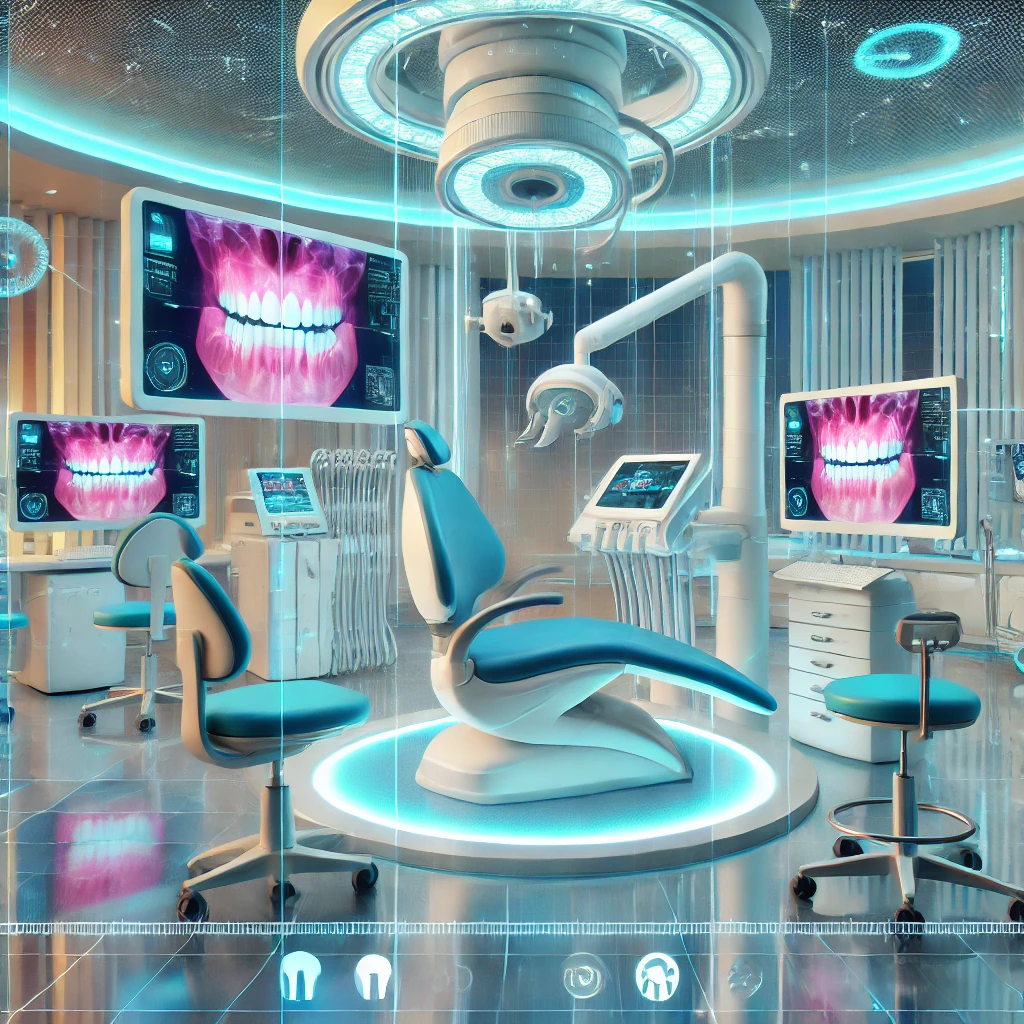
Modern technology has revolutionized dentistry, improving precision and patient comfort. Innovations include 3D imaging and digital X-rays for accurate diagnosis, CAD/CAM technology for same-day crowns, laser dentistry for various procedures, and robotic-assisted surgeries for enhanced precision. Tooth regeneration research holds promise for future treatments, exploring stem cell and protein-based methods to regenerate natural tooth structures. These cutting-edge techniques are setting the stage for the future of dentistry. Read more about these advancements here.
Preventive and Cosmetic Integration

Integrating preventive and cosmetic dentistry ensures patients achieve optimal oral health while enhancing the aesthetic appearance of their smiles. This holistic approach addresses both functional and visual aspects of dental care. Regular dental check-ups and cleanings, combined with cosmetic treatments like teeth whitening, veneers, and bonding, can lead to healthier and more beautiful smiles.
Conclusion
Modern dentistry offers a wide array of services to improve oral health, functionality, and aesthetics. Whether you need preventive care, advanced restorative treatments, or cosmetic enhancements, today’s dental industry is equipped with solutions tailored to your needs. With advancements in technology and techniques, achieving a healthy, beautiful smile is easier than ever.
For more information or to schedule an appointment, visit NuSmile Dental Centers and let our team guide you toward better oral health and a perfect smile.
Frequently Asked Questions
1. How long does teeth whitening take?
In-office teeth whitening usually takes about an hour, with results visible immediately. At-home whitening kits may take a few weeks to show significant results.
2. How long do veneers last?
Porcelain veneers typically last 10 to 15 years, while composite veneers may last between 5 to 7 years. With proper care and maintenance, veneers can have an even longer lifespan.
3. How long does orthodontic treatment take?
The duration of orthodontic treatment depends on the severity of the misalignment and can range from several months to a few years. A consultation with the dentist can provide a more precise timeline tailored to your specific needs.
4. How much does dental bonding cost?
The cost of dental bonding varies based on the number of teeth being bonded and the extent of the work needed. Bonding is generally less expensive compared to other cosmetic treatments.
5. Are dental implants painful?
The dental implant procedure is performed under local anesthesia, so you shouldn’t feel much pain during the surgery. There may be some discomfort and soreness after the procedure, which can be managed with pain relievers.
For further assistance or to schedule a consultation, please visit NuSmile Dental Centers.
